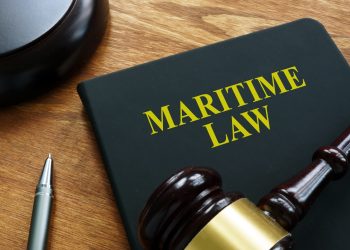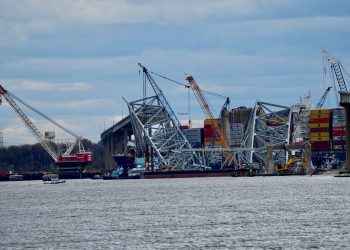The MV Dali, a container vessel, collided with the Francis Scott Key Bridge in Baltimore on March 26, leaving 21 seafarers stranded on board for almost two months.
The crew consists of 20 Indians and one Sri Lankan, for all of which, prolonged stay on the ship has taken a toll on their morale. Furthermore, according to international news sources, concerns about personal liability and the confiscation of their phones by the FBI for investigation have left them feeling isolated and distressed.
On May 20, salvage teams operating under the Key Bridge Response Unified Command successfully refloated and relocated the M/V Dali around 7 a.m. Utilizing the aid of five tugboats and additional support vessels, the M/V Dali was towed and propelled 2.5 miles, reaching a nearby marine terminal.
Despite efforts by organizations and charities to provide support, the crew remains cut off from their families and basic communication with the outside world. Additionally, fears of potential visa issues and the emotional strain from witnessing the crash further compound their hardship.
They can’t do any online banking. They can’t pay their bills at home. They don’t have any of their data or anyone’s contact information, so they’re really isolated right now. They just can’t reach out to the folks they need to, or even look at pictures of their children before they go to sleep. It’s really a sad situation
Joshua Messick, executive director of the Baltimore International Seafarers’ Center, said to BBC
Unfortunately, the situation underscores the challenges faced by seafarers, particularly regarding their rights, well-being, and access to support during prolonged investigations and detention periods.
Meanwhile, as Reuters reports, the U.S. Coast Guard said it is evaluating whether other bridges nationwide are at risk. Coast Guard Vice Admiral Peter Gautier said at a U.S. House hearing on that the “size and complexity of ships has grown over the years, placing greater demands on our marine transportation infrastructure that may not have kept pace with the increased risks that these vessels pose.”






























































